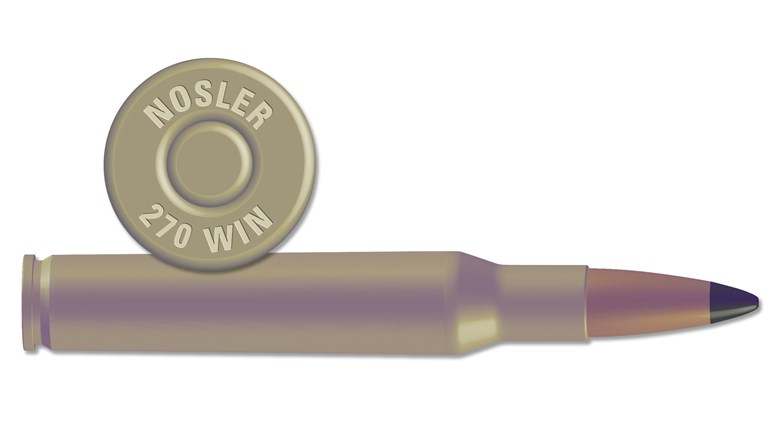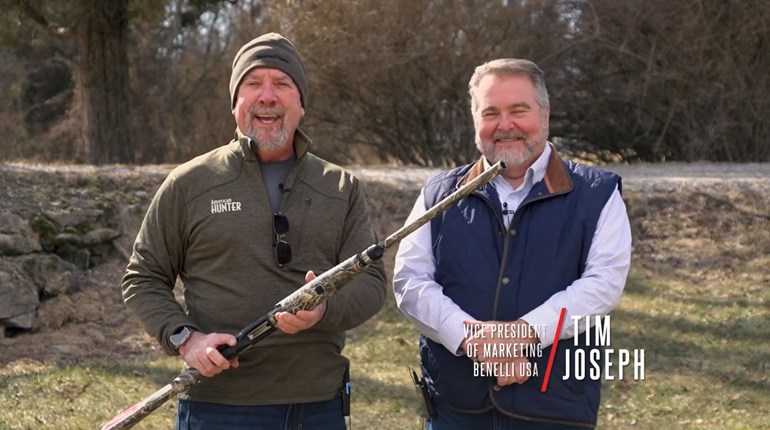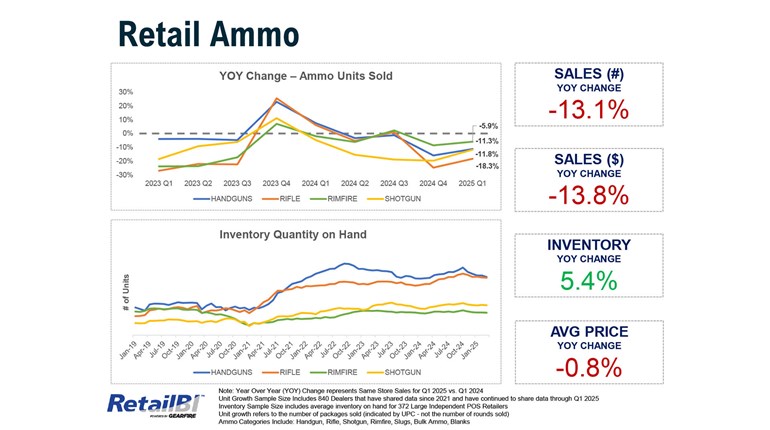
Each year, deer season arrives, and it seems the rut is right on its heels. Of course, both things arrive at different times based on geographic location. The rut is a dynamic thing, and many factors influence when it takes place. We know that in northern states, photoperiod (day length) is the driving force. Further south, genetics, latitude, climate and more can influence the timing of the rut.
Lucky for hunters, history repeats itself. And there’s plenty of data available to make fairly accurate predictions of peak rut activity. Here’s a region-by-region breakdown of when to expect the rut to take place near you this fall. And remember, the best daylight cruising by bucks always takes place just before and after peak rut, which is better defined as the peak estrus window.

NORTHEAST
States: Connecticut, Delaware, Maine, Maryland, Massachusetts, New Hampshire, New Jersey, New York, Pennsylvania, Rhode Island, Vermont
Peak Estrus: Nov. 10 - Nov. 22
Most hunters in the Northeast should expect bucks to start really cruising in early November. Daylight movement will likely steadily increase until Nov. 10-12 when bucks start locking down with does. Peak estrus will start around that time frame and continue until about Nov. 20-22. Afterward, bucks will begin cruising again in search of the last does.
MID-SOUTH
States: Kentucky, Tennessee, Virginia, West Virginia
Peak Estrus: Nov. 10 - Nov. 25
These four states are commonly bundled with the Southeast, but they’re really a region of their own. Other southeastern states have much wider ranges in rut dates. In Kentucky, the bulk of deer activity will take place from Nov. 5-25, with most does entering estrus sometime within the window of Nov. 10-20. Southwestern Kentucky is sometimes a little ahead of the rest of the state.
Tennessee sees some variation as well. In central counties, most does are receptive between Nov. 13-20. In western counties, peak conception falls around Nov. 15-22. In eastern counties, the window is slightly later.
West Virginia deer hunters can expect the majority of does to pair off with bucks between Nov. 7 and Nov. 15. In Virginia, expect the lockdown to be slightly later, as most does should enter estrus for 48 hours between Nov. 10-25. Eastern counties tend to see peak rut activity slightly sooner than western ones.
SOUTHEAST
States: Alabama, Arkansas, Florida, Georgia, Louisiana, Mississippi, North Carolina, South Carolina, Texas
Peak Estrous: Oct. 10 - Jan. 15
This is the region with the greatest diversity. In Alabama, expect the first rutting activity to kick off in late November to early December along select easternmost counties. Over the next three months, the peak estrous will shift across the state, seeming random at times, culminating in the northwestern counties by late January and in the last of the southern counties in late February.
Arkansas kicks things off with peak ruts between Oct. 28 and Nov. 10 in a selection of random counties. From Nov. 11-20, most of the northern and western counties should be seeing peak action. By Nov. 22-30, the rut is moving south, finishing up during the first two weeks of December.
Florida deer hunters could pursue rut-crazed bucks for half a year. The state has a crazy rut that ranges from as early as July all the way into February. In the southern third of the Peninsula, the rut ranges from July 25 to Aug. 31. In most of the northern two-thirds of the Peninsula, it spans from early September to early October, or early October to early November, location depending. And up in the Panhandle, starting from the easternmost end of it, the rut starts in October and November, and as you ease westward, it gets later, falling in December, January or February.
Georgia sees a wide range of rut dates, but nothing like Alabama or Florida. Here, it starts in early October along the southern coast then slowly progresses north and west. The bulk of the state's deer hunters will see the rut run from late October through early November.

Louisiana and Mississippi experience rather odd rut cycles, to say the least. In Louisiana, the rut ranges from late September to late February, with oddball dates throughout, ultimately creating a polka-dot effect of peak rut windows. But by and large Louisiana is similar to Mississippi; the southwestern counties in these states see a rut in September or October; northwestern counties see it in September, October or November; and eastern counties see it in December, January or February.
The Carolinas display a progression, too, starting with coastal counties in mid-October and running through the rest of the state by the second week of November.
Not to be outshined, Texas is another state with great variance in rut dates. That said, many of its coastal counties see a rut in October, northern and central counties in November or early December, and western counties in December. But southern counties d0n't see a rut occur until December.
MIDWEST
States: Illinois, Indiana, Iowa, Michigan, Minnesota, Missouri, Ohio, Wisconsin
Peak Estrous: Nov. 10-20
The Midwest is home to one of the most defined ruts in the country. The bulk of does enter estrus sometime between Nov. 10-20. Some rutting activity occurs outside that window, but it's minimal. When it does occur, it’s generally doe fawns.
PLAINS
States: Kansas, Nebraska, North Dakota, Oklahoma, South Dakota
Peak Estrous: Nov. 10-20
The plains states are very similar to the Midwest. Expect most does to enter estrus around Nov. 10-20. There are exceptions, though. In some parts of the Plains, such as Oklahoma, Kansas and Nebraska, rutting activity seems to happen just a little earlier.
NORTHWEST
States: Idaho, Montana, Oregon, Washington, Wyoming
Peak Estrous: Nov. 10-20
Much like the Midwest and Plains regions, expect most of the northwestern rut activity to take place in early to mid-November. The peak should take place Nov. 10-20, but it tends to end much more abruptly here than in other regions. Once it’s over, it's over.
SOUTHWEST
States: Arizona, Colorado, New Mexico
Peak Estrous: Nov. 10- Jan. 15
Colorado is home to whitetails, and the bulk of these rut in early November. While some of the texanus subspecies is present here, the Southwest—specifically Arizona and New Mexico—is dominated by Coues whitetails. Coues deer largely rut in December and January.
All things considered, expect the rut to be very similar to what it’s always been. The best information is that which you—the hunter who knows your area better than anyone else—have collected throughout the years. Bank on that knowledge to tag a big buck this fall.



































